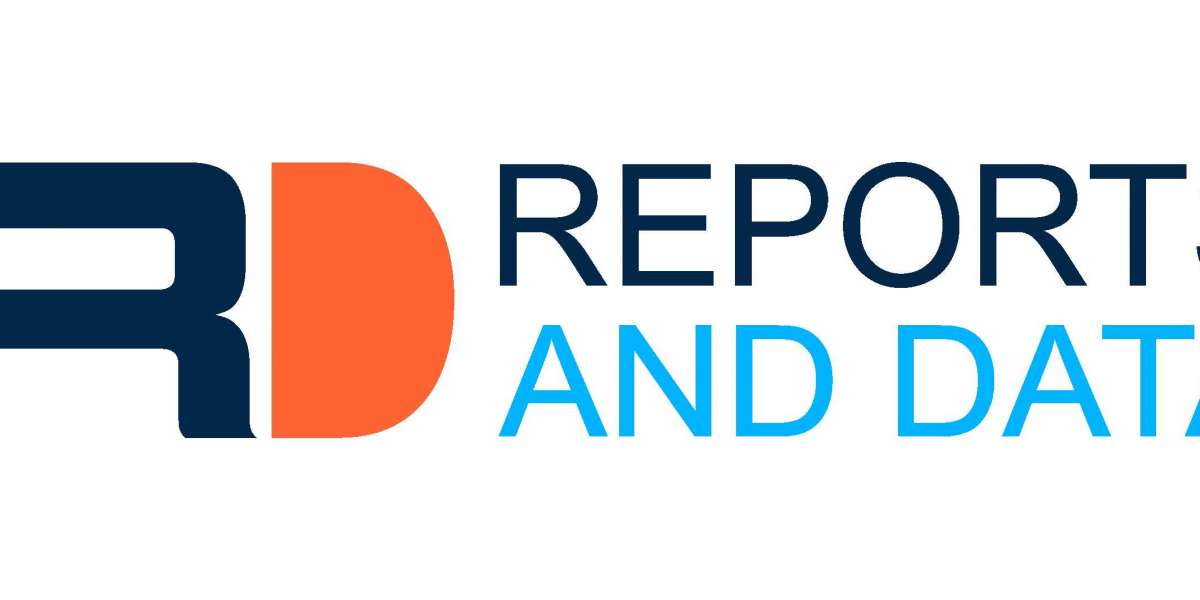The world of software development is hurtling towards an era of automation. One of the most exciting frontiers is Autonomous Testing, where AI-powered tools take the wheel, conducting tests with unprecedented speed, precision, and self-learning capabilities. But how do you convince potential customers to embrace this revolutionary shift? This blog explores effective demand generation strategies for the future of Autonomous Testing, leveraging marketing technology:
- Frame it as a Workforce Amplifier, Not a Replacement:
Many testers might fear AI as a job threat. Combat this by emphasizing how Autonomous Testing augments human expertise. Content marketing should focus on how AI handles repetitive tasks, freeing testers for strategic thinking and complex problem-solving.
- Target the C-Suite Conversation:
Don't just target testers and developers. Autonomous Testing offers significant benefits to higher management. Craft targeted content for CEOs, CTOs, and CFOs, highlighting the ROI of faster time-to-market, reduced testing costs, and improved software quality.
- Embrace FOMO (Fear of Missing Out):
In a competitive market, staying ahead of the curve is crucial. Showcase Autonomous Testing as the future of software development. Develop case studies that demonstrate how early adopters are leveraging AI to gain a competitive edge.
- Data-Driven Content is King:
The future of testing is driven by data. Create informative white papers and infographics that explore how Autonomous Testing utilizes vast datasets to identify hidden defects and predict potential issues before they arise.
- Interactive Demos Showcase Power:
Static descriptions can't capture the magic of Autonomous Testing. Develop interactive demos that allow potential customers to witness the AI in action. These demos can showcase real-time test execution, self-healing capabilities, and the ability to learn and adapt over time.
- Partner with Visionaries:
Partner with industry thought leaders and analysts who are shaping the future of software development. Host webinars or co-author articles that explore the transformative potential of Autonomous Testing.
- Foster a Community of the Future:
Build an online community around Autonomous Testing. Host online forums, AMAs (Ask Me Anythings) with AI testing experts, and encourage discussions about the future of the field. This fosters brand loyalty and positions you as a thought leader.
- Leverage Social Proof with a Twist:
While testimonials are valuable, leverage the power of AI to personalize social proof. Develop interactive case studies that allow potential customers to explore success stories relevant to their specific industry or company size.
- Embrace Transparency and Explainability:
While AI is powerful, “black box” solutions can be off-putting. Focus on content that explains how your Autonomous Testing tool works. Highlight the decision-making processes behind the AI and emphasize control mechanisms that allow human oversight.
- Metrics-Driven Marketing for the Future:
The future is data-driven. Track the performance of your demand generation campaigns with laser focus. Utilize marketing automation tools to measure engagement with your content and demos. Analyze this data to identify what resonates most and continuously refine your approach.
By implementing these future-focused strategies, you can effectively generate demand for Autonomous Testing solutions and position yourself at the forefront of this revolutionary shift in software development.



